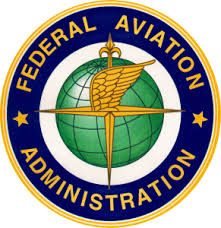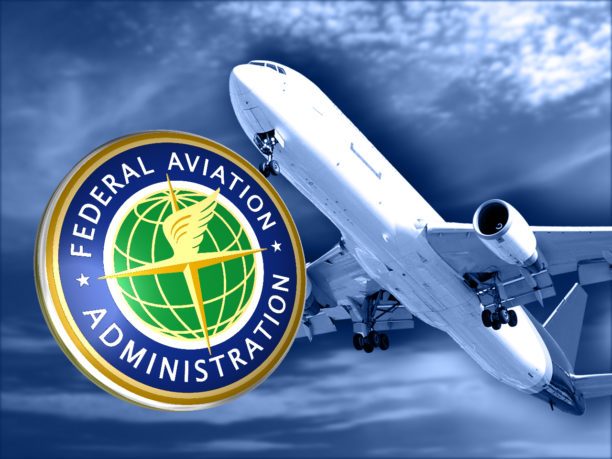
The FAA has tried many times to emphasize the agency’s authority over the airspace, in a continual – and somewhat unsuccessful – attempt to curb the proliferation of state and local drone laws.
In a 2015 Fact Sheet, the FAA explained their stance on preemption – the idea that only the FAA has authority over the airspace, and that their authority trumps all others. (“Where Congress occupies an entire field . . . even complimentary state regulation is impermissible. Field preemption reflects a congressional decision to foreclose any state regulation in the area, even if it is parallel to federal standards,” quotes the original Fact Sheet.)
Also in that Fact Sheet, the FAA discussed the “patchwork quilt” of drone regulation, stating: “If one or two municipalities enacted ordinances regulating UAS in the navigable airspace and a significant number of municipalities followed suit, fractionalized control of the navigable airspace could result. In turn, this ‘patchwork quilt’ of differing restrictions could severely limit the flexibility of FAA in controlling the airspace and flight patterns, and ensuring safety and an efficient air traffic flow.”
Since then, the FAA’s stance has appeared to soften, as the agency focused more on collaboration with state and local lawmakers. The Drone Integration Pilot Program was one successful attempt to bring state and local authorities into the process.
The most recent release, however, makes another attempt to clarify authority and establish what areas state and local authorities may – and may not – legislate.
“Congress has provided the FAA with exclusive authority to regulate aviation safety, the efficiency of the navigable airspace, and air traffic control, among other things. State and local governments are not permitted to regulate any type of aircraft operations, such as flight paths or altitudes, or the navigable airspace,” says the FAA.
The Loophole
Despite attempts to curb excessive drone regulation, there’s a giant loophole – which some communities are taking advantage of.
“However, these powers are not the same as regulation of aircraft landing sites, which involves local control of land and zoning. Laws traditionally related to state and local police power – including land use, zoning, privacy, and law enforcement operations – generally are not subject to federal regulation.”
“Cities and municipalities are not permitted to have their own rules or regulations governing the operation of aircraft,” states the release.”However, as indicated, they may generally determine the location of aircraft landing sites through their land use powers.”
That is the kicker – a loophole big enough to fly a manned aircraft through. Regulation in this area could result in a severe limitation of legitimate drone flight. Prevent a drone from landing or launching anywhere in your community and you’ve effectively limited both commercial and recreational flights, something that citizens may not appreciate when drones prove the fastest way to deliver emergency equipment to accident sites, or to be the cheapest way of regulating traffic, managing construction, and completing city planning projects. Localities who take this approach could find themselves unable to take advantage of technology quickly becoming standard to save time and money in a huge variety of ways.
Miriam McNabb is the Editor-in-Chief of DRONELIFE and CEO of JobForDrones, a professional drone services marketplace, and a fascinated observer of the emerging drone industry and the regulatory environment for drones. Miriam has penned over 3,000 articles focused on the commercial drone space and is an international speaker and recognized figure in the industry. Miriam has a degree from the University of Chicago and over 20 years of experience in high tech sales and marketing for new technologies.
For drone industry consulting or writing, Email Miriam.
TWITTER:@spaldingbarker
Subscribe to DroneLife here.
